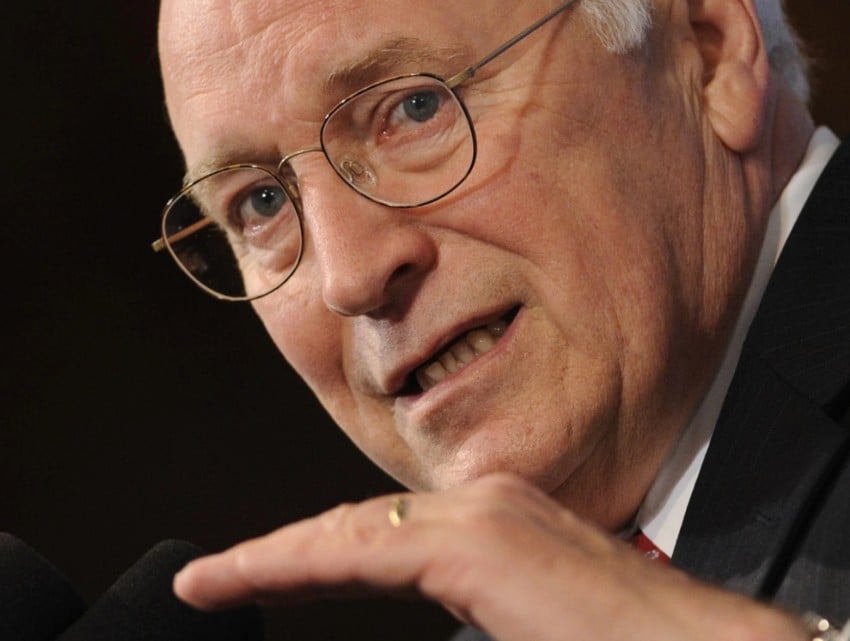Minnesota Grants Permit for Updated Red River Diversion Plan
The Permit Includes More Than 50 Conditions

The DNR in October 2016 denied a permit for the original project, leading a federal judge to stop construction that had started southwest of Fargo.
The new design is meant to reduce impacts to land in Richland County in North Dakota and Minnesota’s Wilkin County. It takes about 8,000 acres out of the flood plain south of the metro area and sends more water through the cities.
The permit includes more than 50 conditions governing project design, construction, operation, and maintenance.
Diversion officials say the changes to the plan and construction delays have increased costs by $600 million, to about $2.75 billion.
Governor Mark Dayton released a statement on the Fargo-Moorhead Diversion Project on Thursday:
“Reliable and effective flood protection for the cities of Moorhead and Fargo and their surrounding regions is essential. It is a prerequisite for successful future economic growth, business expansion, job creation, and social vitality. Yet it cannot come at the excessive sacrifice of other people’s lands, lives, and livelihoods. For a project of this magnitude and complexity, those considerations were also essential.
“The approved project, Plan B, meets these critical requirements and offers significant changes and improvements over the 2016 proposed project – including a better balance between Minnesota and North Dakota regarding the number of acres impacts and benefitted. It improves on the mitigation of adverse impacts to property and natural resources and retains more existing floodplain. Additionally, this project, poised to be the largest infrastructure project in the region in recent history, will create hundreds of jobs. I strongly urge the use of union workers – men and women who are paid competitively – to ensure this critical project protects the region for generations to come.
“Most importantly, the project, as permitted, meets all of Minnesota’s laws and regulatory requirements. The Minnesota DNR’s decision followed a thorough environmental review and permitting process, including extensive public comments from a wide range of stakeholders and experts, and the development of numerous permit conditions.
“I want to thank our Task Force’s Co-Chair, Governor Doug Burgum, for his excellent leadership throughout this process. We have forged a good working partnership, which will be important for this and other collaborative projects, involving our two states.
“I also thank the Task Force Members for their tremendous work. Their dedication was the key to our successful completion. And I greatly appreciate the enormously important contributions made by Members of the Technical Advisory Committee, by North Dakota and Minnesota agency experts, and by our two staffs. This was a team effort all the way.”




